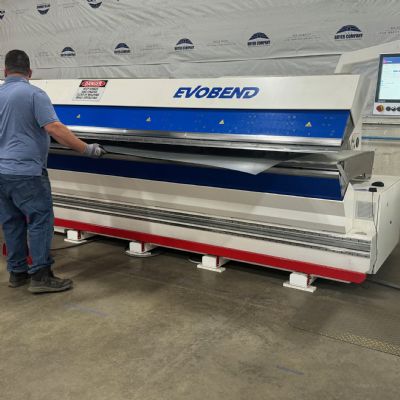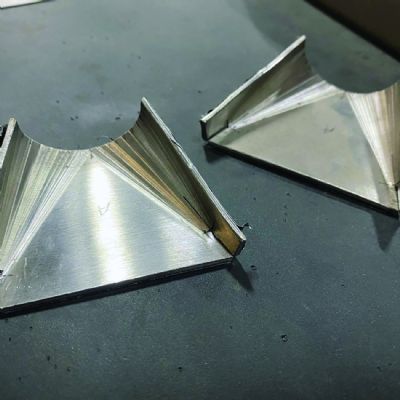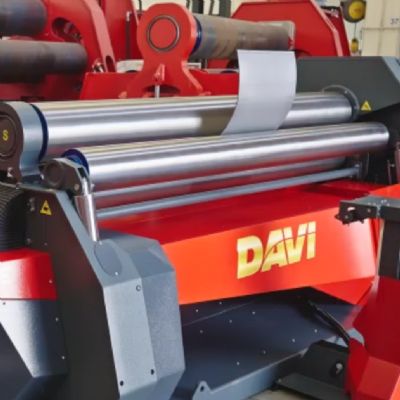• “Wear on function discs,”
• Air brake linings,
• Shoes,
• Casting cracks,
• Rotary limit switches,
• Chains and sprockets,
• Loose nuts,
• Bolts,
• Gibb adjustments,
• Drive gears and keys, and
• Additional items described in the maintenance manuals such as for the Johnson OBI press.
The cited employer, Siemens, conducted and recorded its monthly press inspection based upon a checklist designed by its safety director.
Siemens, in response to OSHA’s $5000 citation, argued that the standard pertained only to visible press components, while OSHA pushed for (and obtained) a ruling that Siemens was required to take covers off of concealed press parts and use tools to check adjustment, as the machine manufacturer recommends. Despite Siemens’ diligent documented visual inspection of press components, neither the Siemens checklist not its monthly inspections involved an inspection of the above-listed concealed components. OSHA relied on the words in the standard calling for an inspection purpose to “ensure that all their parts, auxiliary equipment and safeguards are in a safe operating condition.”
Siemens countered that OSHA’s new concealed-parts inspection requirements created additional and unique new compliance requirements beyond the regulation without any prior fair notice to the metalforming industry. It argued that the metalforming industry required notice and a rulemaking preceding for this new standard. The commission chairman, Scott Railton, strongly agreed with Siemens’ defense arguments. Chairman Railton traced this OSHA standard to its ANSI roots.
Looking at the original source ANSI standard provides guidance to what its authors intended under section 4.1.3. An explanatory paragraph adjacent to the standard states:
“To meet the requirements of this section, it is recommend that a visual inspection of operations, safeguards and auxiliary equipment be made at least once per shift. At weekly, or perhaps monthly intervals, each machine should be examined, and so indicated on individual press forms. Some machine features may require even less frequent attention.”
Nothing is said about being responsible for consulting the manufacturer’s instructions to determine what should be inspected, nor are any ‘major components’ identified. The explanation is vague and moreover it is precatory. It does not even command the employer to make inspections but only ‘recommends’ that they be performed. It also does not command that weekly or perhaps monthly inspections be performed but only that they ‘should’ be performed.
What may be gleaned from the explanation ANSI provided is that its authors did not mean that employers must inspect “all…parts” of their presses. To that extent I would agree that the “stark requirement” mentioned by the Sec. must be rejected. However, that leaves us with a standard that appears to let employers devise their own press inspection programs, which is precisely what Siemens did. Indeed, the Sec. must have had the same belief for almost 26 years from when she adopted the ANSI standard until she issued the CPL.
I must add, given the vague nature of the ANSI standard and section 1910.217(e)(i), this employer cannot be said to have had notice that it should do more than it did when inspecting its presses. See e.g., Diebold, (due process requires that regulations provide “an adequate warning of what they command or forbid”). Siemens established and followed a program of periodic press inspections, and it hired an outside consultant to conduct monthly inspections of each press. Siemens’ program complied with the literal requirements of the ANSI standard, and it therefore complied with the requirements of the OSHA standard. I would vacate the citation on this ground as well. Dissenting opinion at 20 BWA OSHC (pages 2201-2203)
Unfortunately, our research shows that Chairman Railton was outvoted, and no appeal of the Review Commission’s decision was taken. Thus, until the Siemens’ result is overturned in a subsequent case ruling, concealed press parts such as those listed above need to be periodically inspected.
For a copy of this decision, contact Doug Ehlke at dehlke@ehlkelawoffices.com. MF
Technologies: Bending








